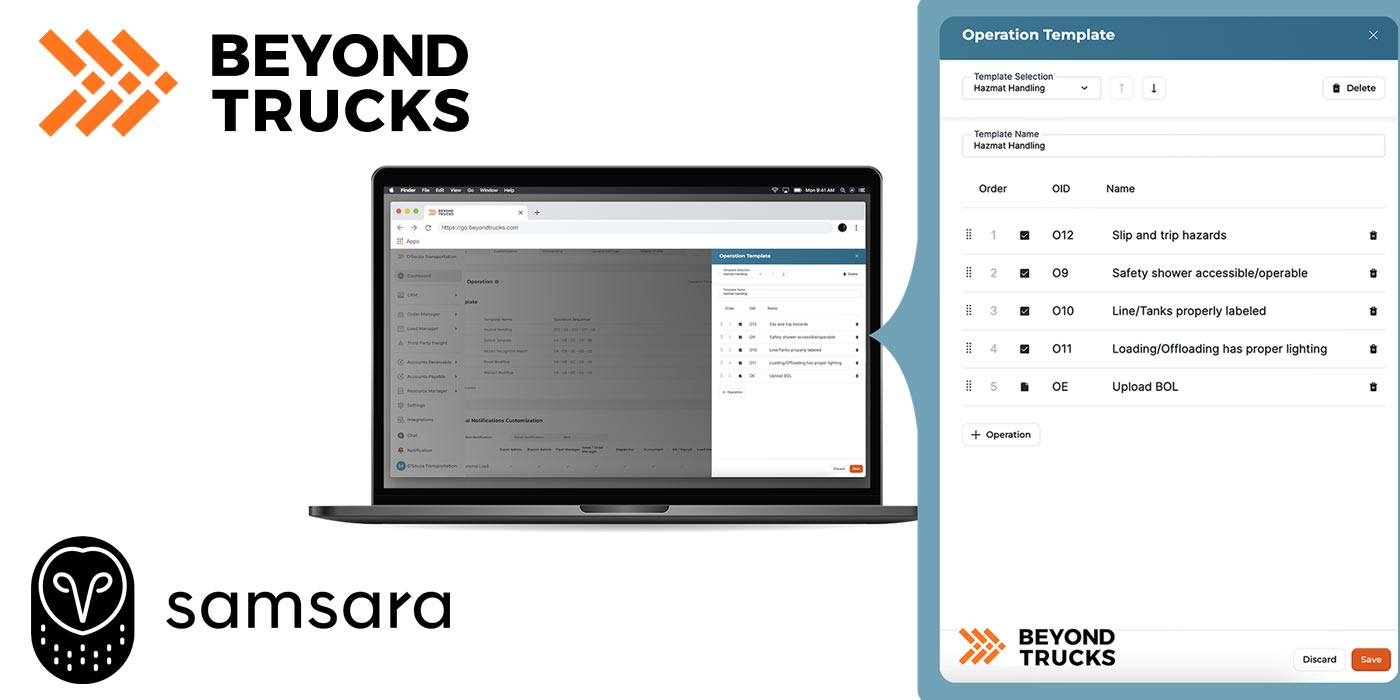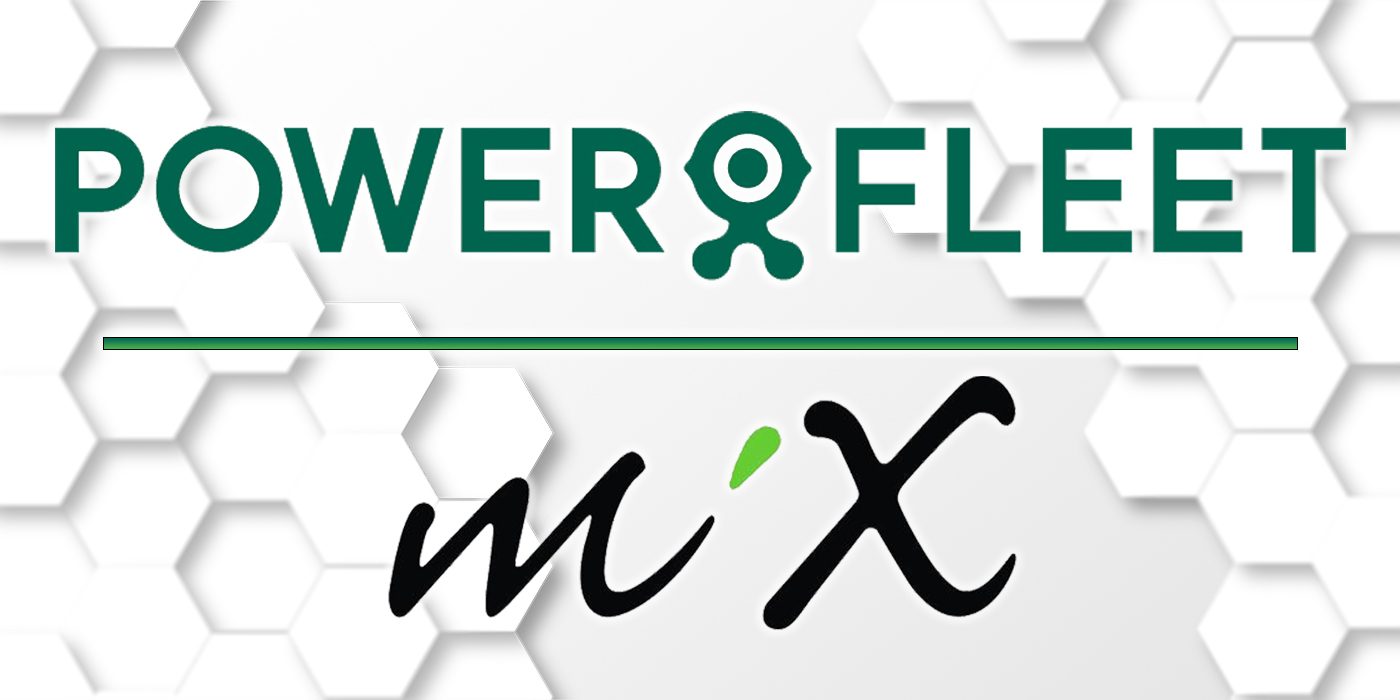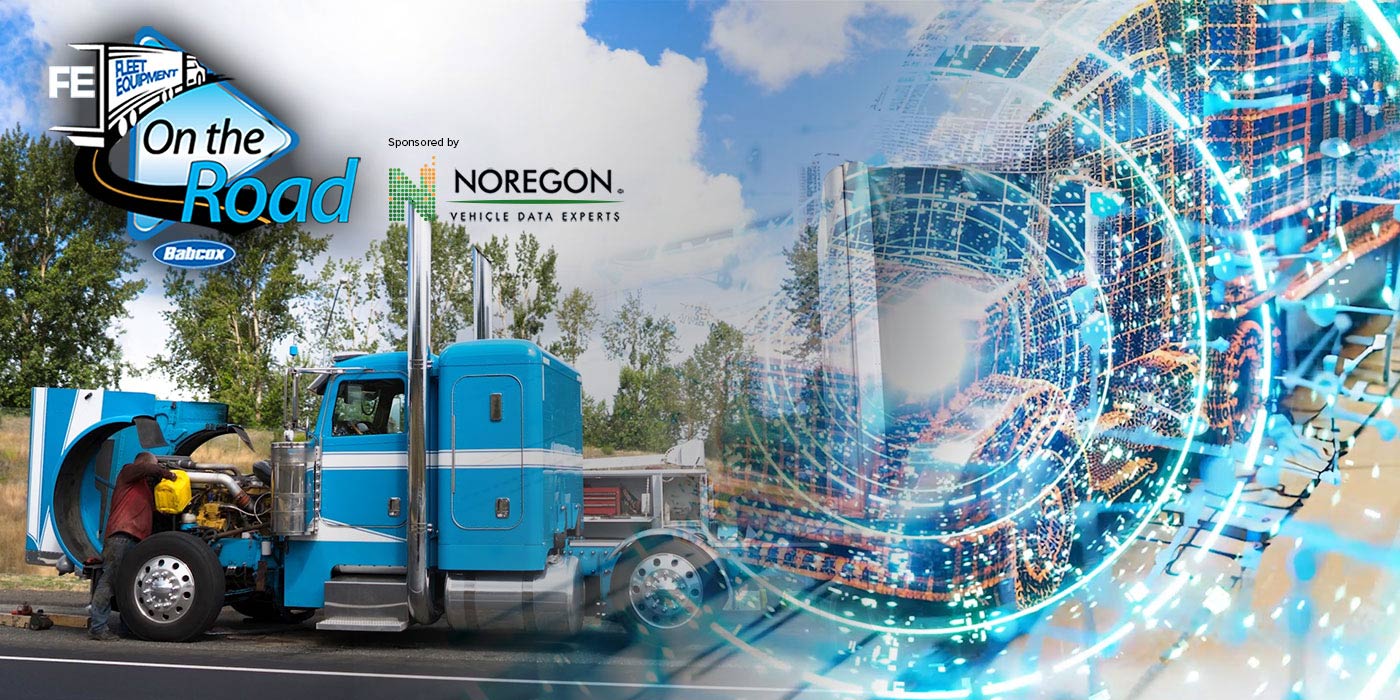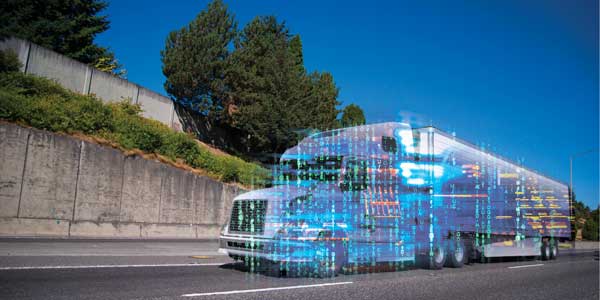
According to a recent survey from TD Bank, 50% of fleet managers are worried about keeping up to date on the latest technology and what it means for their fleet. Advancing technology, including video, mobile apps for drivers, ELDs, etc., is intended to enhance safety on the road, safeguard employee rights, optimize daily operations and boost overall business performance. However, due to unprecedented industry shifts in the last few years, including the FMCSA-issued ELD mandate and the impending shift from 3G to 4G cellular networks, coupled with a mobile-first generation, fleet managers now face the challenge of choosing the right technology provider(s) and securing favorable driver reception.
In the midst of the longstanding driver shortage, it’s more critical than ever that fleet managers utilize all resources to help drivers seamlessly transition to work alongside technology and maintain safety on the road. Drivers also need to be prepared to adapt to changes well into the future. Here’s how to keep pace.
The technology shift presents new opportunities for today’s driver
Fleet technology is created and adopted with all aspects of the business in mind. Working with a trusted provider presents new opportunities for today’s truck driver to hone his or her skills and gain a stronger voice in business decisions.
For example, video-based safety not only strengthens customer and community trust in a fleet, but also secures the reputation and livelihood of a driver who is not at fault in a collision. Mobile apps for drivers bring the best of the 21st century to the palms of employees’ hands, allowing them to monitor their safety score and track improvements, eliciting even better driving practices to prevent collisions altogether. In addition, when done correctly, ELD compliance technology can streamline documentation and preserve driver well-being by accurately tracking hours of service to curb dangerous fatigue or burnout.
Fully managed service
As the trucking industry embraces more advanced technology, fleets need to hold their technology providers to a higher standard. It’s not enough to simply install a technology system—it’s paramount to have a fully managed service that delivers the right information to the right people at the right time. In order to be valuable, data must be delivered in a format that is understandable and easy to use. The data must also be readily actionable, offering real insights—predictive and prescriptive—enabling fleets to save time and money, and bolster overall operations.
Technology changes as quickly as a fleet’s needs change. With an abundance of technologies available, it’s easy to focus on the quick-fix solution. It’s important to avoid companies that may lock a business into a solution today that won’t meet future needs. A technology partner should deliver a solution that will immediately impact the bottom line, while also providing the flexibility to evolve the program to answer tomorrow’s challenges.
Convergence is the way forward
Gone are the days of hand-held maps and paper log books; drivers now often have an extensive amount of equipment in the cab. Unfortunately, many transportation technology partners focus on only one piece of the technology puzzle. With safety core to every fleet’s success, the ideal approach to optimize in-cab technology is a holistic platform—supporting safety, compliance and productivity—that allows fleets to choose best-of-breed applications that seamlessly integrate across all areas of the business.
The migration from 3G to 4G networks creates an opportunity for fleets to reshape their technology systems and adopt a streamlined, all-inclusive approach to managing their assets. The bring-your-own-device approach ensures fleets minimize hardware, seamlessly sync data, reduce costs associated with installation and maintenance, and gain access to the telematics and vehicle intelligence capabilities they’re seeking to optimize operations.
This article was contributed by Jason Palmer, chief operating officer for SmartDrive.












